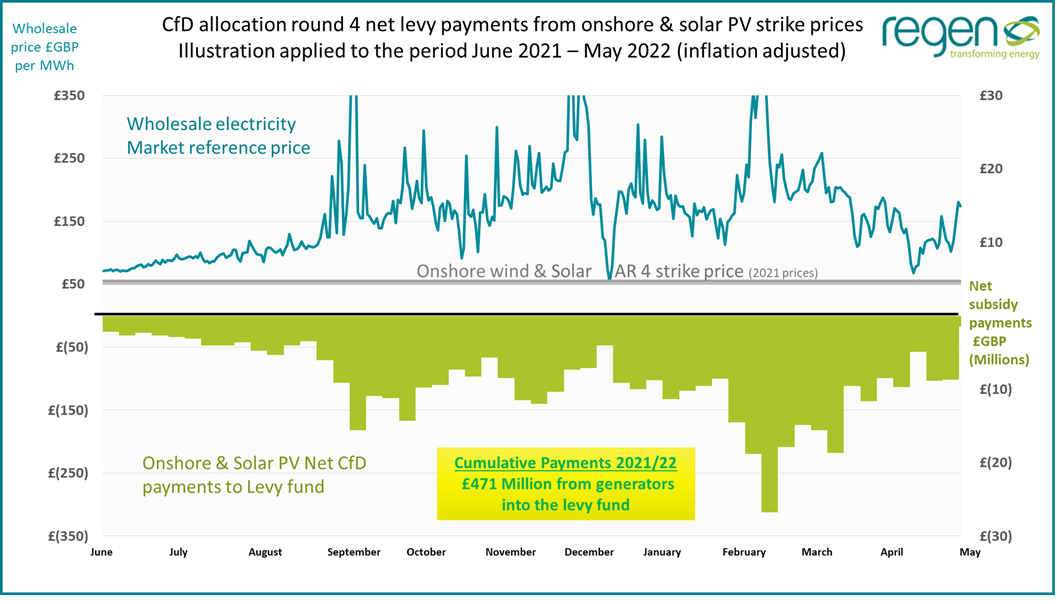Low auction prices confirm that renewables are cheapest but we could have had a lot more. Now is the time to extend the use of Contracts for Difference to create a new deal between low carbon generators and the UK consumer
Written by Johnny Gowdy, Director


